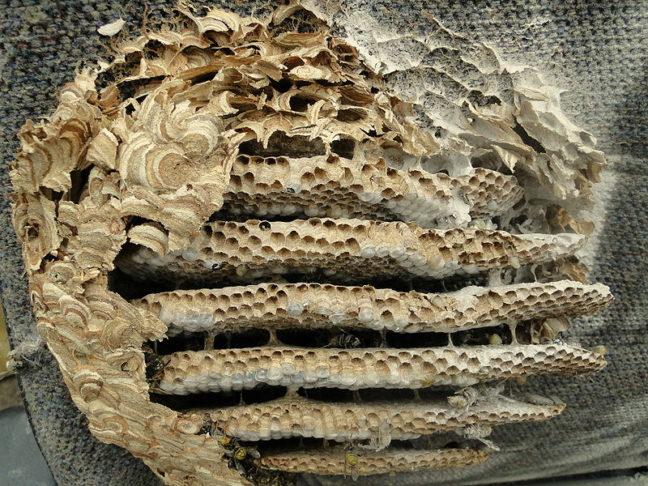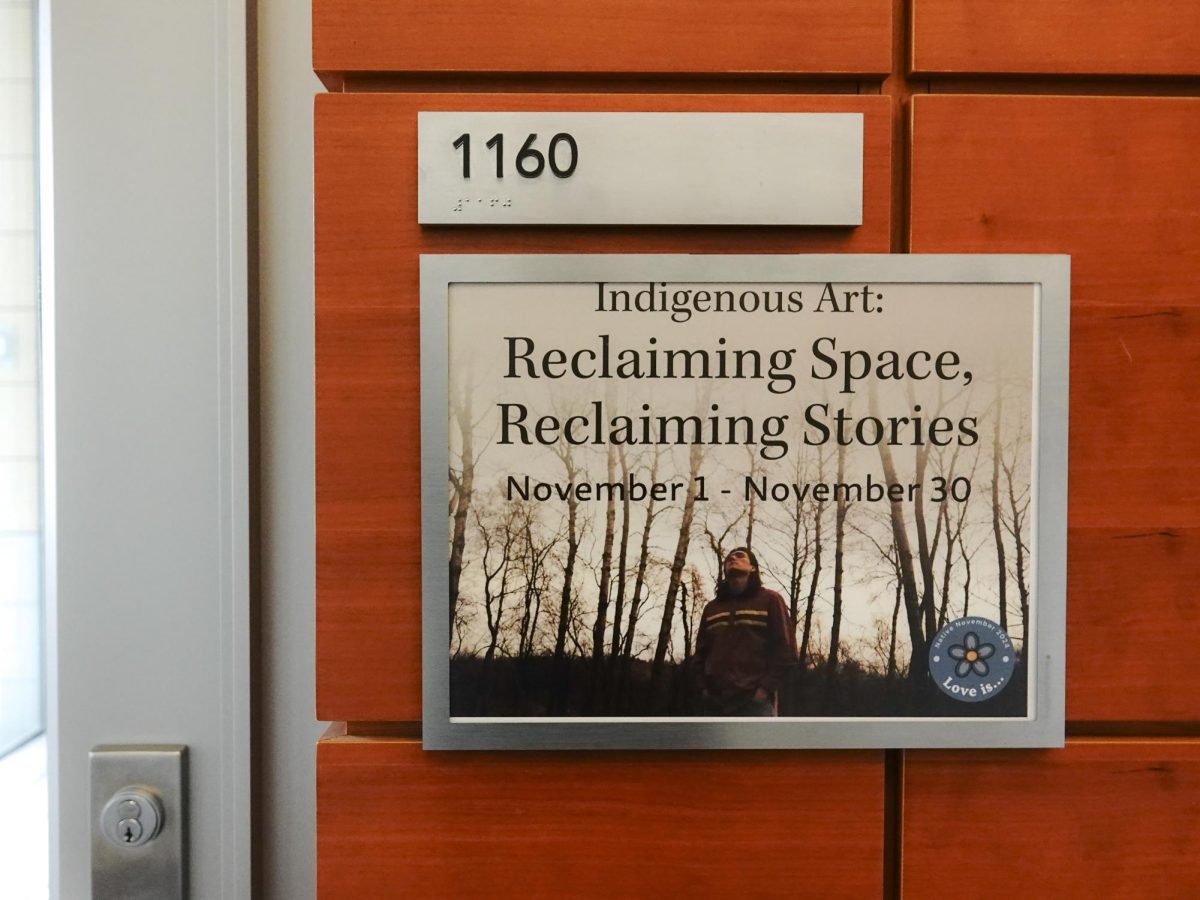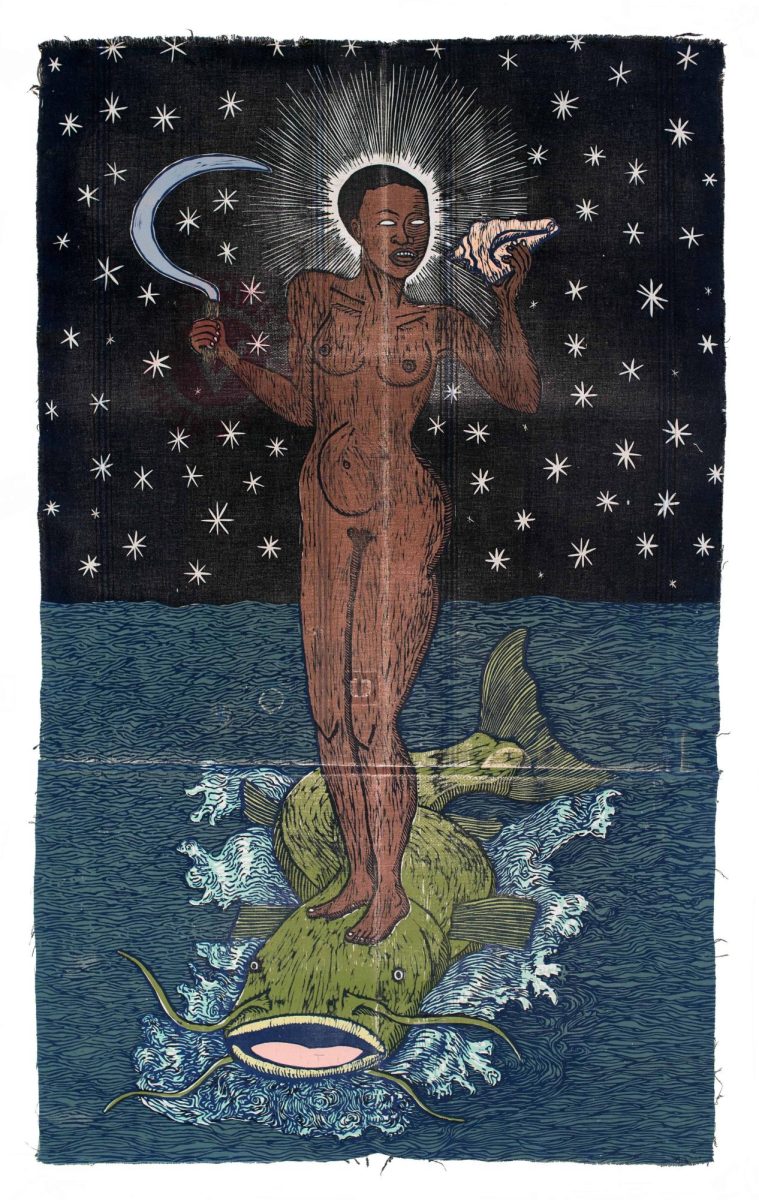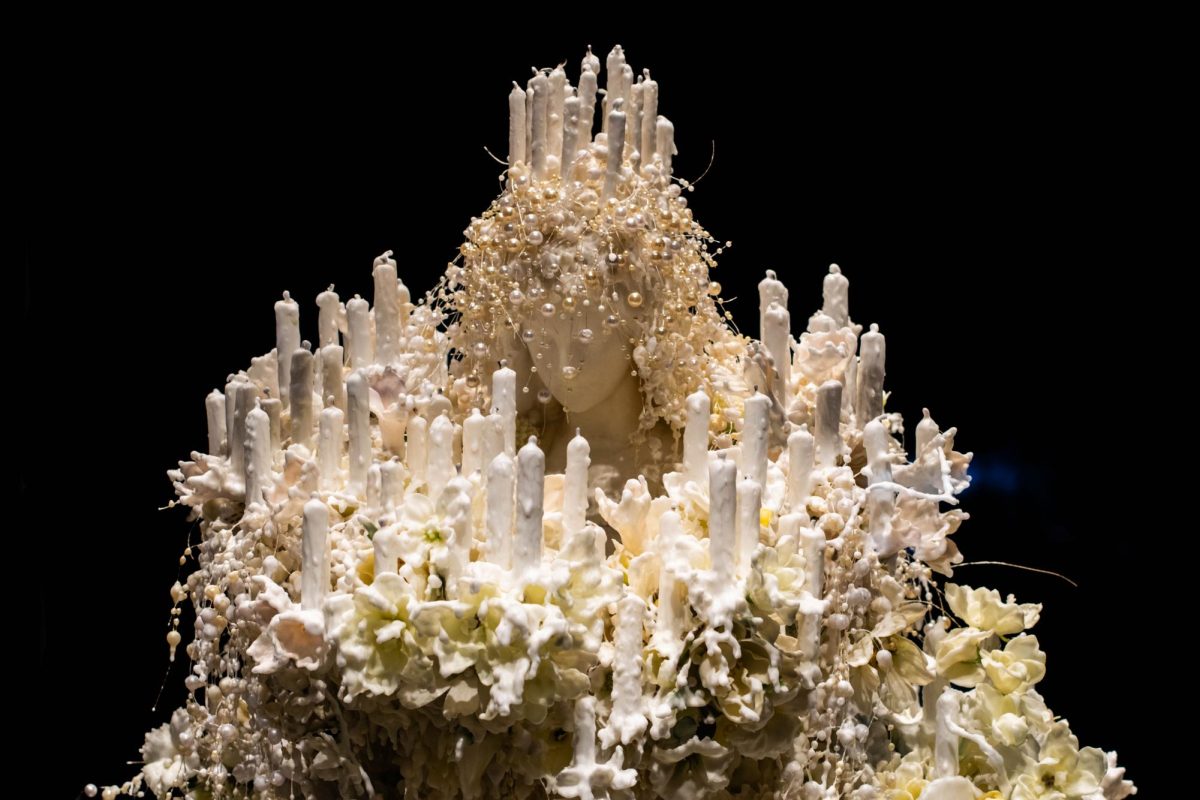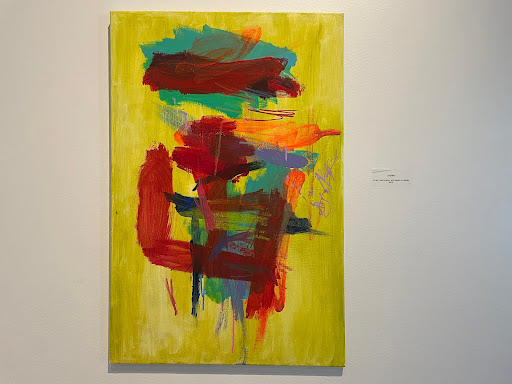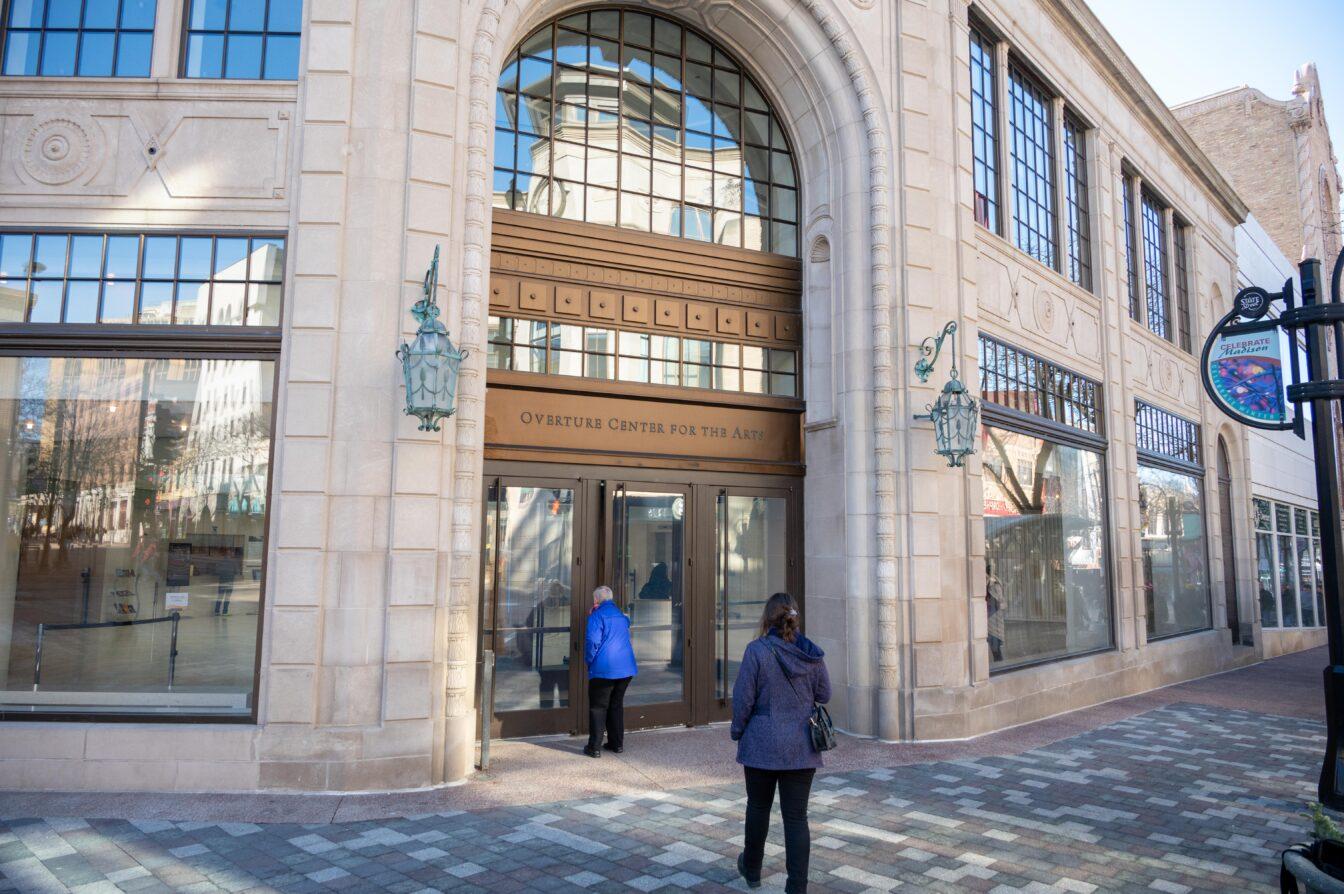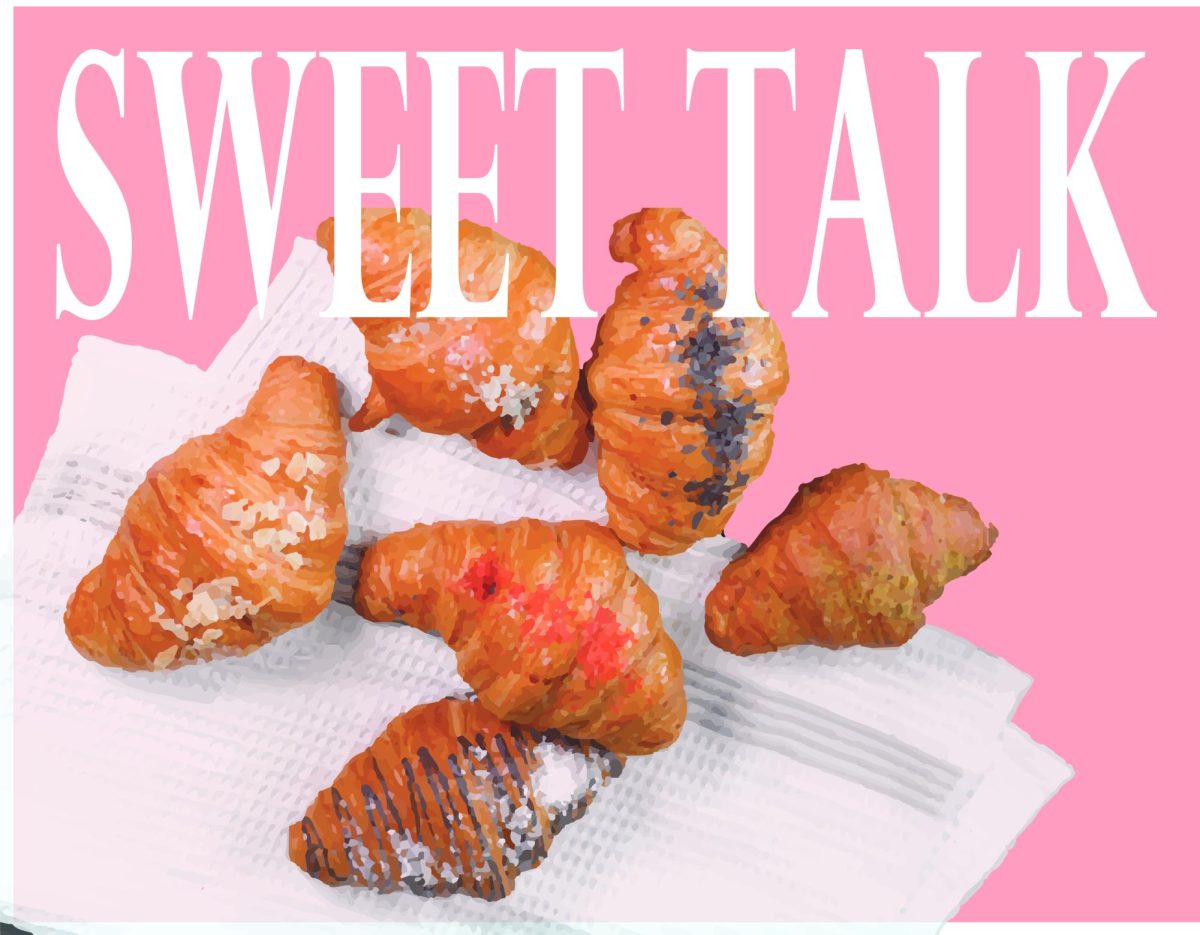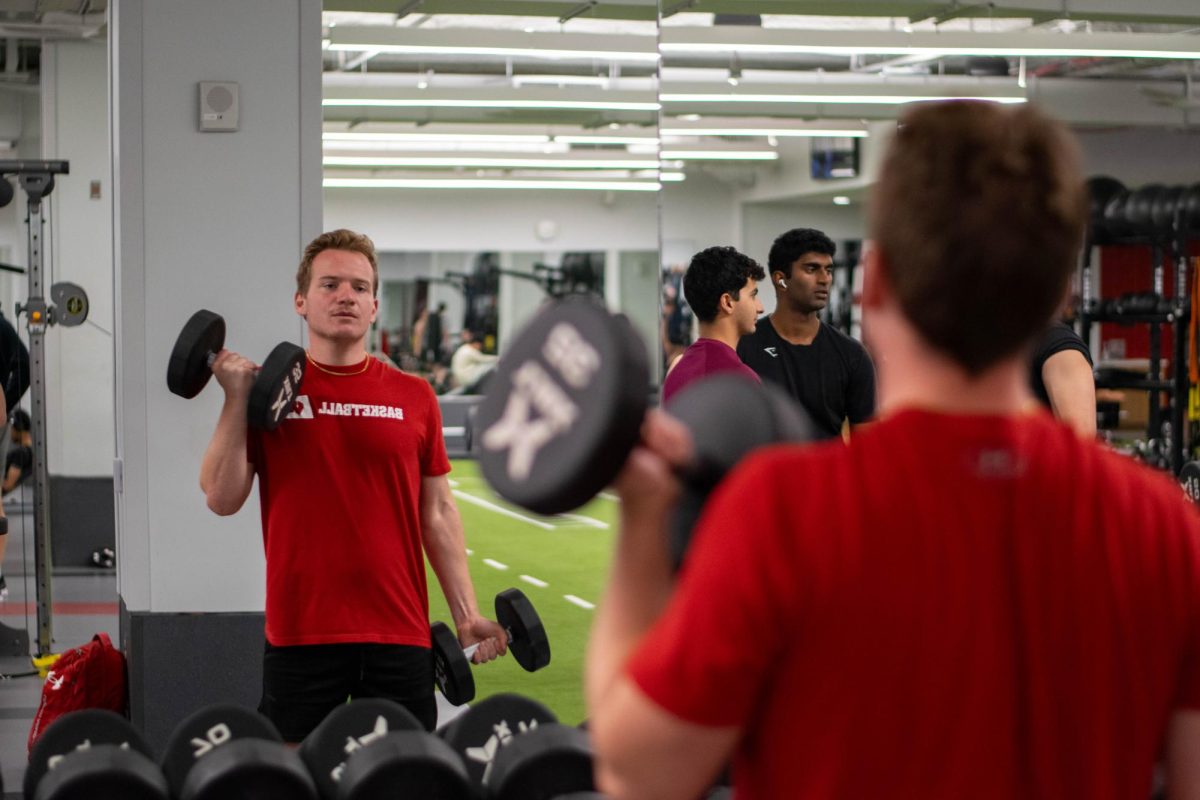Peter Krsko, University of Wisconsin Arts Institute’s interdisciplinary artist in residence, spoke to the UW community Thursday about his appreciation for the connection between art and nature.
This semester, he is instructing a class of 14 to apply traditional scientific and engineering methods toward artistic endeavors.
Krsko started his Thursday talk with a photo he had taken of a wasp nest he had found outside. He cited the nest as a source of inspiration and perfect example of how the natural world can offer endless ideas and ignite curiosity. Krsko found the nest’s thin layers and architectural shape particularly captivating.
“[The nest] illustrates something that I would like to focus on during my residency,” Krsko said.
Krsko also presented a photo of a flower head, and encouraged the audience to notice the shape and geometry and to consider how the seeds are stored.
His class attempted to recreate this form for a project by bending and folding poster board into cones. He also tried to create the form with sheet metal.
He proceeded to show a photo of a peacock feather, and prompted the audience to think about how color is actually derived from structure in the natural world. When looking at an object like this from different angles, it appears to change colors, but the means of change are based on a change in structure.
Conversation Starter: UW grad student shares stories of immigration through art installment
Krsko created a series of hexagons with different colors on each side, and arranged them so each color on every hexagon faced the same direction. He thought that this project would be a helpful way to illustrate the illusion of changing color.
“The reason why I chose art is because it’s easier to show it than to talk about it,” Krsko said.
Krsko’s course, called Zoethica, is an interdisciplinary course and includes students from many departments. It’s primarily aimed, though, to engineers and biologists.
Krsko explained the group examines natural objects, such as the inside of a wasp nest, under a microscope. He expressed his awe about how meticulous the hexagons are inside a nest, and talked about his interest in nature’s efficiency and an organisms’ ability to create geometric patterns with limited building material.
One important element of the class is asking philosophical and ethical questions, and exploring how work can be perceived from different angles, Krsko said.
While mastering one subject is valuable, Krsko said he finds it even more beneficial when students bring outside perspectives from other things they study to a new subject.
Krsko also talked about his appreciation for being able to work in the agricultural engineering labs, where he has access to unlimited materials, and works with supportive and helpful colleagues. He presented images from several of his students’ projects, which address a range of issues through sculpture.
“Art is a great tool to demonstrate and bring questions and answers,” Krsko said. “I feel like I find out something.”
Krsko’s public outdoor installations will be open April 7 and 8 at Wormfarm Institute in Reedsburg, and May 5 at Olbrich Botanical Gardens.


